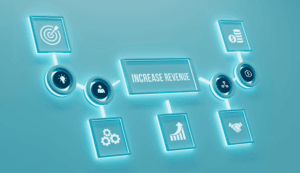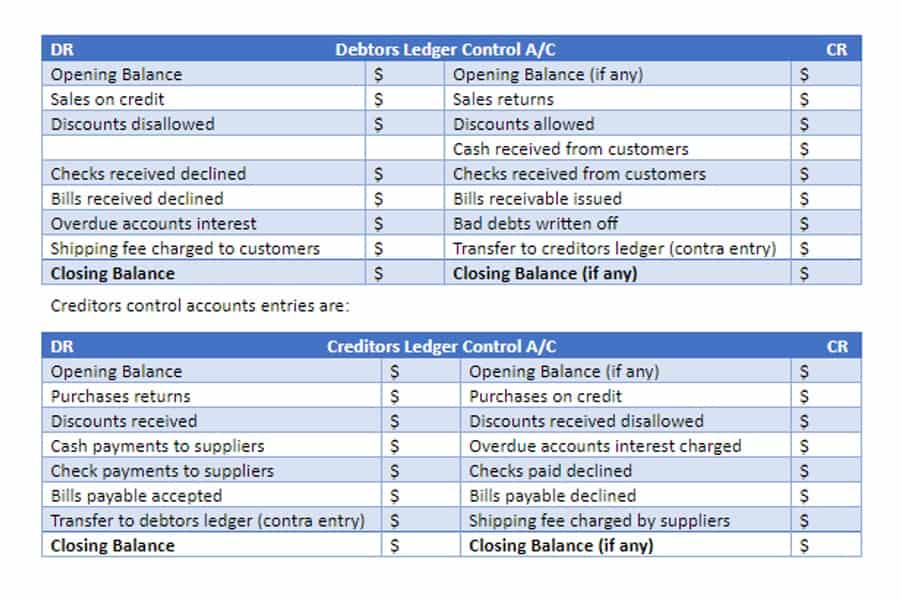You juggle many hats and managing the books shouldn’t be one of them! Kruze’s CPA accounting team strives to handle all the minutia so you can focus on what matters when growing your business like, strategy, networking, achieving product-market fit, advancing your R&D, hiring, etc. Accountants who are not specialized in newly formed companies may be missing a new tax credit that can reduce payroll taxes up to $100,000. The research and development, or R&D tax credit, is a US government-sponsored incentive that rewards companies for conducting research and development activities within the United States. Even unprofitable technology companies can use this incentive to reduce their burn rate. Kruze has helped clients reduce their burn rates by over $40 million through our work on this government incentive program.
What features should I look for in accounting software?
The bookkeeping packages are priced at $399 for cash-basis monthly service, $549 a month for service involving weekly updates and advanced reporting and $125 per hour for pay-as-you-go support from a dedicated bookkeeper. Unfortunately, the prices increase to $549 and $749 for the monthly and weekly plans if you’re using accrual accounting. It’s possible to do a minimal setup and then jump into creating invoices, paying bills, and accepting payments. All the accounting services we review let you add customers, vendors, and products during the process of completing transactions. You need to do this anyhow as you grow and add to your contact and inventory databases. You have to decide whether you want to spend the time upfront building your records or take time out when you’re in the middle of sales or purchase forms.
Do venture-backed startups need an accountant?
These can range from paying the correct amount of corporation tax and VAT to ensuring that all financial statements and annual accounts comply with the Companies Act 2006. An accountant is crucial in ensuring these legal obligations are met, thereby safeguarding the startup from potential fines and penalties. Navigating Financial Growth: Leveraging Bookkeeping and Accounting Services for Startups Regular financial reports, a product of good accounting practices, provide an ongoing, accurate view of a company’s financial state. This information is crucial for managers, investors, and other stakeholders. We become a valuable part of your team that helps to grow your business at every level.
Strategic Planning and Advisory Services
- Notable features NetSuite’s accounting software offers include automations, domestic and global tax management tools, a comprehensive payment management solution and NetSuite product integrations.
- They also appreciate the friendly, responsive and knowledgeable customer service OneUp offers.
- NetSuite’s accounting software is a good choice for businesses that need help with financial compliance and those that want to automate as many accounting tasks as possible.
- As one of the largest tech startup accounting firms, Kruze has expertise in serving SaaS companies, biotech companies, eCommerce players, early-stage hardware businesses, crypto focused companies, marketplaces and more.
- But trust us, you want to find a financial professional experienced in these things (and more).
Wave provides small/micro-businesses all around the world with customized financial services (payments, payroll), as well as award-winning free software. Xendoo has three tiers of pricing based on your company’s total monthly expenses. The Essential plan costs $395 per month (up to $50,000 in expenses), the Growth plan costs $695 per month (up to $75,000 in expenses) and the Scale plan costs $995 per month (up to $125,000 in expenses). Companies with total monthly expenses above $125,000 will need a custom plan. Our team scales with your growth, so you only spend what you need to to ensure that your business is on the right track.
SaaS Income Projection Model
You also are assigned a dedicated account manager to help facilitate the completion of the project. Once you complete a short questionnaire, Paro works with you to find the right match based on the size of your https://fintedex.com/navigating-financial-growth-leveraging-bookkeeping-and-accounting-services-for-startups/ business, the financial role that needs to be filled, and your industry. It also will look for candidates who are conversant in your software, such as QuickBooks, Xero, Netsuite, and many other programs.
QuickBooks Online is easy enough for an inexperienced bookkeeper to learn but feature-rich enough that a more demanding user can tap its advanced accounting tools. Because it’s so customizable and user-friendly, it appeals to a wide variety of business types. Finally, an accountant can help identify potential financial risks and devise strategies to mitigate them. Whether it’s managing credit risk with customers, evaluating potential financial impacts of a new business venture, or assessing financial sustainability, an accountant’s insights are invaluable.
Bill Hollowsky, CPA
- I could also access filters on reports by pushing the down arrow at the top right-hand corner of each report.
- Once I finalized the invoice, I could click the “send to” button at the top of the invoice and input an email address, a subject and a message to send the invoice.
- These include NCH, Zoho Books, Kashoo, ZipBooks, Sunrise, GnuCash, TrulySmall Invoices and Wave Accounting.
- The Essential plan ($249 a month if billed annually or $299 billed monthly) focuses on bookkeeping only, giving you access to a dedicated team that performs monthly bookkeeping services.


